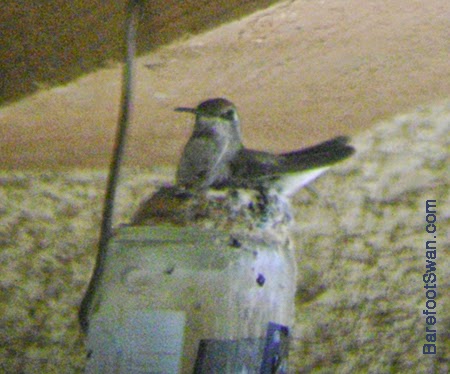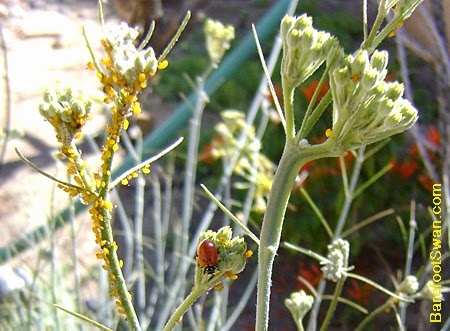Today we attended the 10th Annual Desert Garden Community Day, sponsored by our local Desert Horticultural Society. The event was held at the Living Desert Zoo and Botanical Gardens in Palm Desert.
The Desert Horticultural Society of the Coachella valley was founded in 2005 to "promote the use of desert appropriate plants that support local wildlife and conserve water".
With the increasing fragmentation of local desert habitat and our ongoing drought, these goals are especially important and timely.
The event brought together various non-profit groups, government agencies, educational facilities, local conservation projects and businesses that promote native plants, water conservation and drought tolerant landscape concepts.
There were also a number of free classes offered with topics covering lawn removal or reduction, proper pruning techniques, growing vegetables in the desert, plant propagation, the Monarch Project at Sunnylands, desert landscape design and water conservation among others.
After talking with the many exhibitors and taking a couple of the classes, we headed over to the Butterfly Garden to get some new plant and landscape design ideas for our yard.
The Butterfly Garden is beautifully landscaped with a variety of plants that provide food for caterpillars, nectar for the adult butterflies, and host plants for butterflies to lay their eggs on. There are also basking rocks for sunning, and mud areas for puddling.
The plants are labelled with common and scientific names, and many are for sale in the Living Desert's nursery.
The nursery also sells many other desert native and drought-tolerant plants as well as yard art, ceramic pots, and a good selection of books about desert gardening.

Desert Garden Community Day was a great opportunity for the public to learn about native plants and the work that these participating groups are doing to promote them. Big thanks to the staff and volunteers who made this informative and interesting event possible.
For more info:
DESERT HORTICULTURAL SOCIETY
www.deserthorticulturalsociety.org
THE LIVING DESERT
www.livingdesert.org
CALIFORNIA NATIVE PLANT SOCIETY
http://riverside-sanbernardino.cnps.org/
SUNNYLANDS MONARCH PROJECT
http://sunnylands.org/news/view/762
FRIENDS OF THE DESERT MOUNTAINS
http://www.desertmountains.org/
>> Use the magic of Google to find similar types of organizations and events in your area!
















































